Cats are very sensitive creatures and can often become anxious or frustrated by what is happening around them or how people interact with them. Here are our tips for helping your stressed cat.
Coming from a largely independent and solitary species (called the African or Near Eastern wildcat), the domestic cat can be very good at hiding signs of stress or pain, because in the wild they would become a easier target for predators.
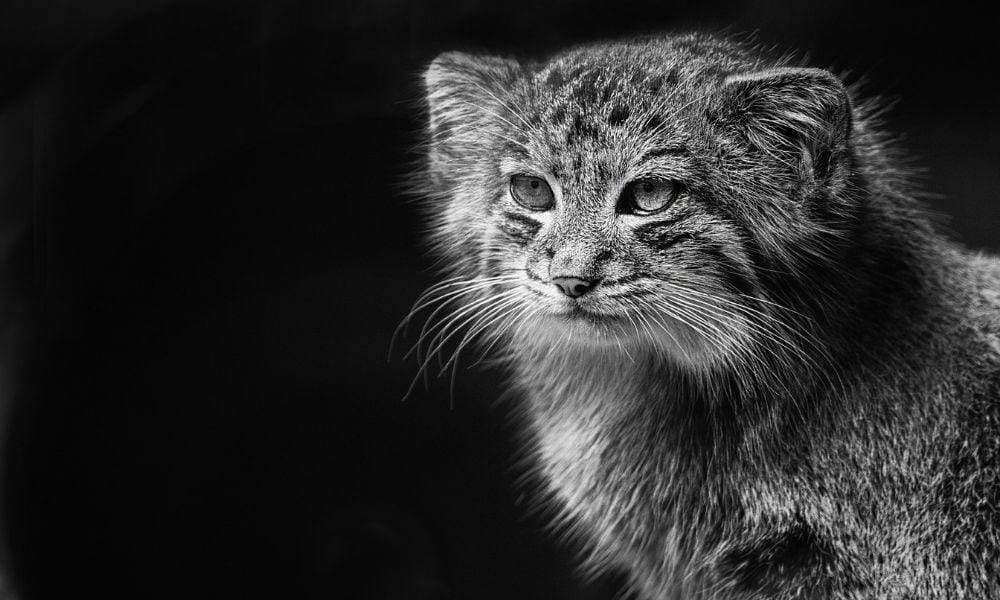
It is important that you manage and reduce your cat's stress as much as possible, because if he is stressed, he may feel unwell emotionally and physically, develop physical illnesses, and exhibit problem behavior.
Often, owners only realize that something is wrong with their cat when the cat has already been stressed for some time. Cats may lose their appetite, be sick from time to time, or behave in ways that owners have never seen before, such as spraying urine against the wall indoors or having a aggressive behaviour.

The sooner you realize that your cat may be stressed, the sooner you can resolve the problem. This means you need to keep a close eye on your cat's physical health as well as their behavior, to quickly identify anything that is "weird" or "unusual" and could be a sign of stress.
Signs of stress in cats
There are common signs of stress in cats, both physical and behavioral.
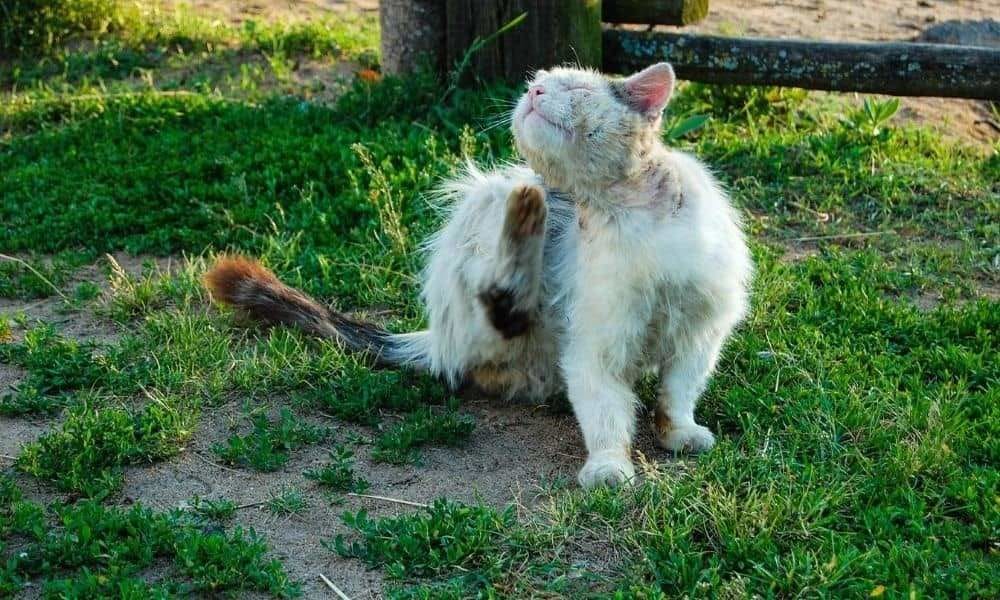
Physical symptoms
- Diarrhea
- Vomiting
- Large holes in the coat or sores due to excessive grooming
- Runny nose and eyes (e.g. cat flu)
- Symptoms worsen in cats with chronic health problems or slowly recovering from illness (stress can affect a cat's immune system and ability to fight illness).
- Eating non-food objects such as plastic or wool (this is called "pica").
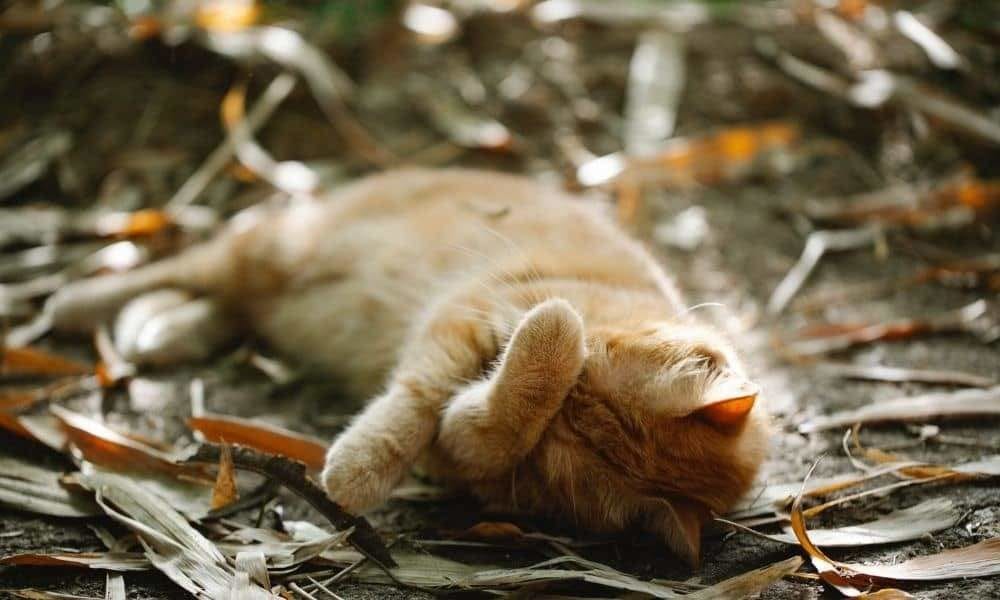
- He has little appetite or eats less than usual.
- He seems lethargic and sleeps more than usual.
- Eating and/or drinking excessively
- Sudden weight loss or gain
- A coat in poor condition
- Does not go to the toilet as often as usual (stools and/or urine)
- Frequent squatting, painful urination with the presence of blood (for example, cystitis).
Behavioral symptoms
Any noticeable change in your cat's usual behavior and habits, including:
- He does his business outside of the litter box (for example, behind the sofa, under the bed, on the bed, etc.)
- He spills urine on furniture and other objects in the house.
- Scratching furniture excessively
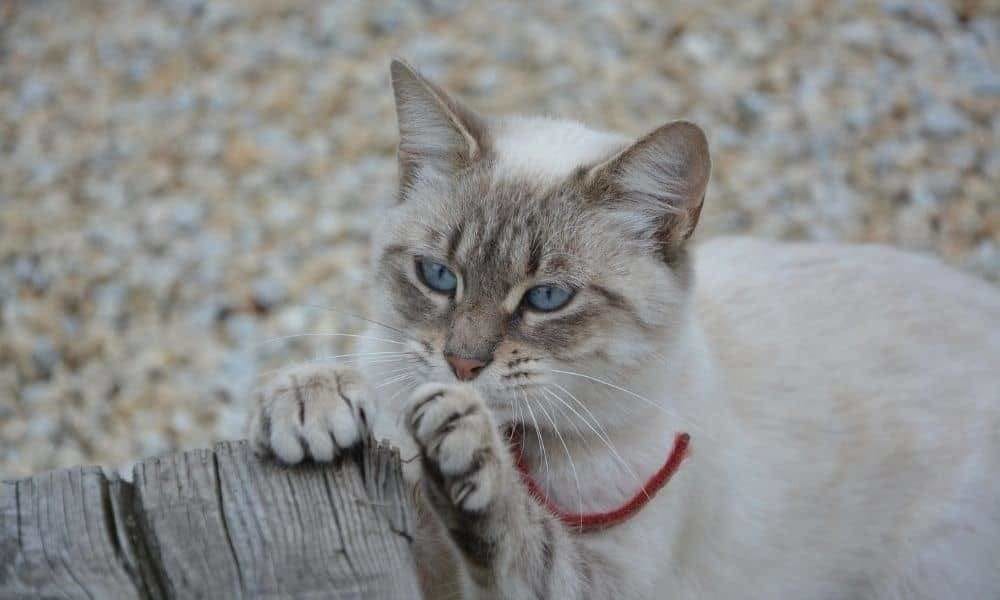
- Aggressive behavior towards you, your family or visitors
- Aggressive behavior towards other pets in the house
- Excessive meowing
- Increased dependence on you or your family, constant desire for interaction.
- Withdrawal from you and your family, he no longer wants to interact with you.
- Lack of reaction to what is happening around him (he does not jump and is not frightened by loud noises or rapid movements).
- He is constantly vigilant and jumps at every noise or sudden movement.
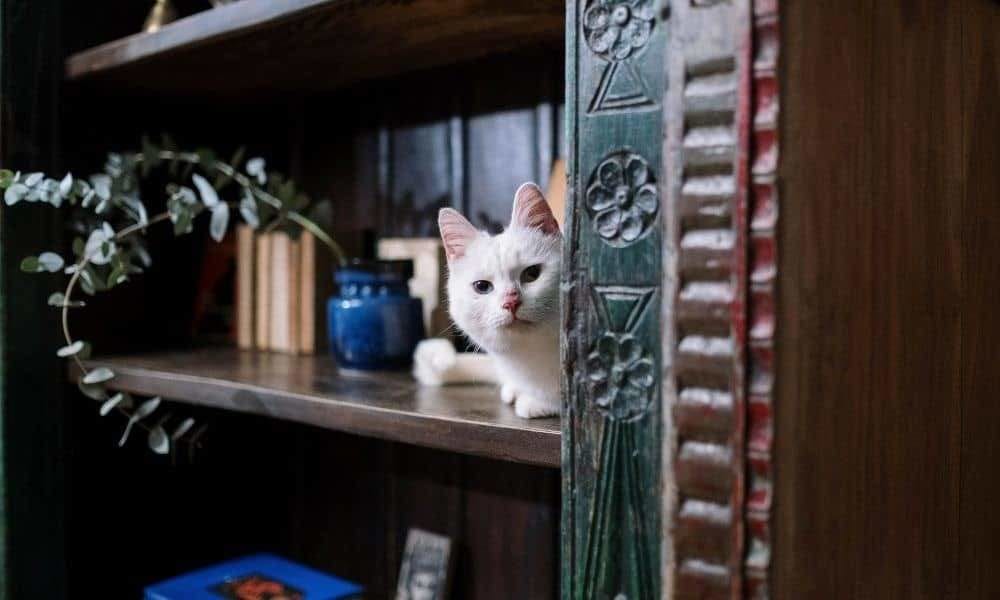
- He often hides at home (for example under the sofa or the bed, on top of a cupboard).
- Reluctance to play, although he was previously very playful.
- Reluctance to enter the house
- Reluctance to go outside
- Excessive grooming compared to usual
-He paces repeatedly when at home, often accompanied by loud meows.
Other signs of stress in cats
You may notice that your cat sits differently, their facial expression changes, or they exhibit strange behaviors.
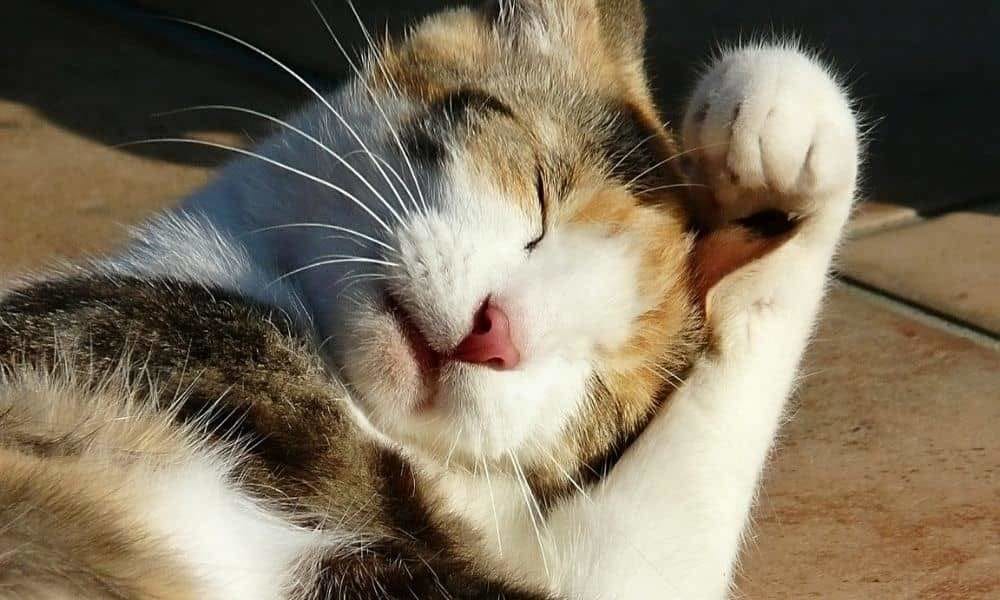
- He often cowers and looks tense inside.
-
The ears frequently turn backwards or flatten downwards.
-
Its eyes are wide open and its pupils are very dilated, giving it a black appearance.
-
Staring at the ground with a fixed, frozen expression
-
Frequent, rapid grooming, usually lasting about five seconds, and starting and stopping quite suddenly.
-
Frequent head shaking
-
The skin on his back ripples and contracts.
-
Exaggerated swallowing and rapid licks on the nose.
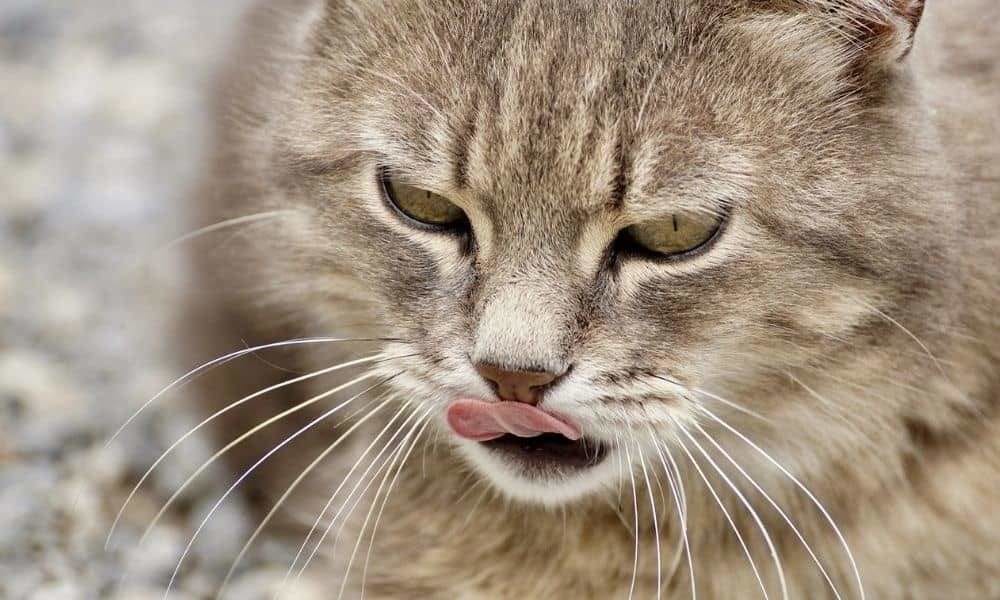
One of the best ways to protect your cat from possible stress is to try to anticipate the kinds of things that might stress him out (like moving to a new house or bringing a new cat into the household). .
Once you have identified possible sources of stress, you can manage the situation or environment in a way that reduces the risk of your cat suffering.
What causes my cat stress and how can I reduce it?

Each cat is unique. While some cats generally seem very relaxed and seemingly "unfazed", others may be much more sensitive and find many things around them stressful.
Here are common examples of situations that can be stressful for cats, and some tips for dealing with them:
Examples of sources of stress in cats
A lack of essential resources

There are several essential resources (the things your cat needs) that he depends on to stay happy and healthy. If your cat doesn't have one, it can be a great source of stress.
Besides the amount of resources you provide to your cat, the quality, type, and location of those resources are also very important. For example, if the litter box you provide for your cat is too small, if it is not cleaned regularly enough, if it is placed next to a noisy part of the house or next to its bowls of food and water , these factors can all cause stress.
Moving
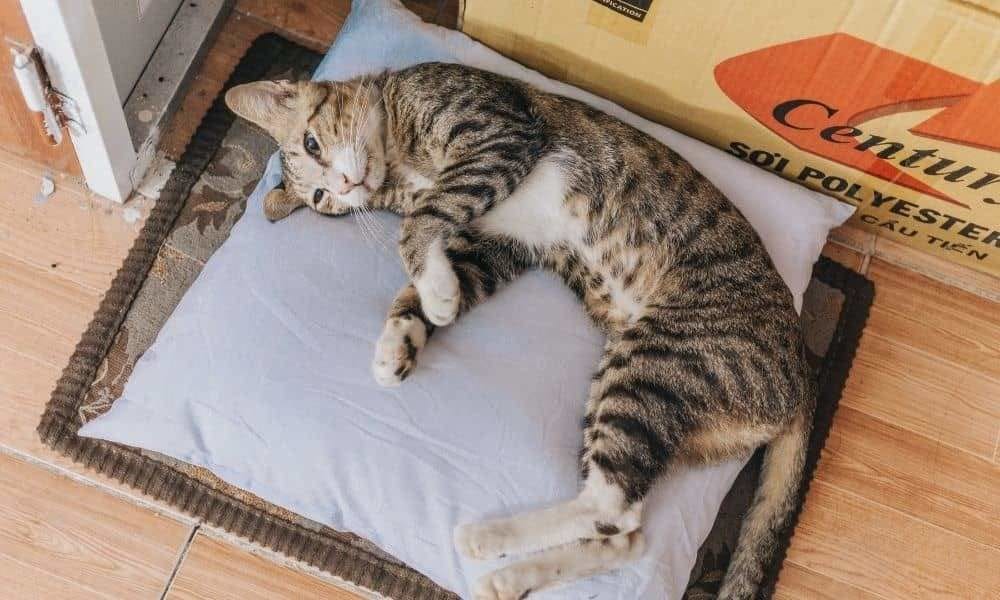
Whether you have just given your cat a home and are being introduced into your home for the first time, or you are moving in with your current cat, this can be a very stressful time for them.
Cats like to be in familiar surroundings , which helps them feel safe. If they suddenly find themselves in a place they have never been before, they may feel anxious or worried.
To reduce stress, it is essential to ensure that your cat has all the resources he needs, then gradually and carefully introduce him to a new environment.

If you are moving and you know that your cat is likely to be stressed by the disruption and agitation this may cause, it is best for him to stay with a friend or a good cattery during this period. Your cat can then be gradually introduced to its new home once the move is complete.
Other pets

The arrival and presence of other cats or dogs in the home can be very stressful for a cat - whether from the perspective of a new cat being introduced to a cat already resident in the home or from the perspective of view of the resident cat who is trying to cope with the arrival of an unfamiliar cat in her house.
For the new cat, this can be a particularly stressful time, as they are faced with an unfamiliar home, new people and other animals at the same time, which can worry and destabilize even the most experienced cat. bolder and more confident.
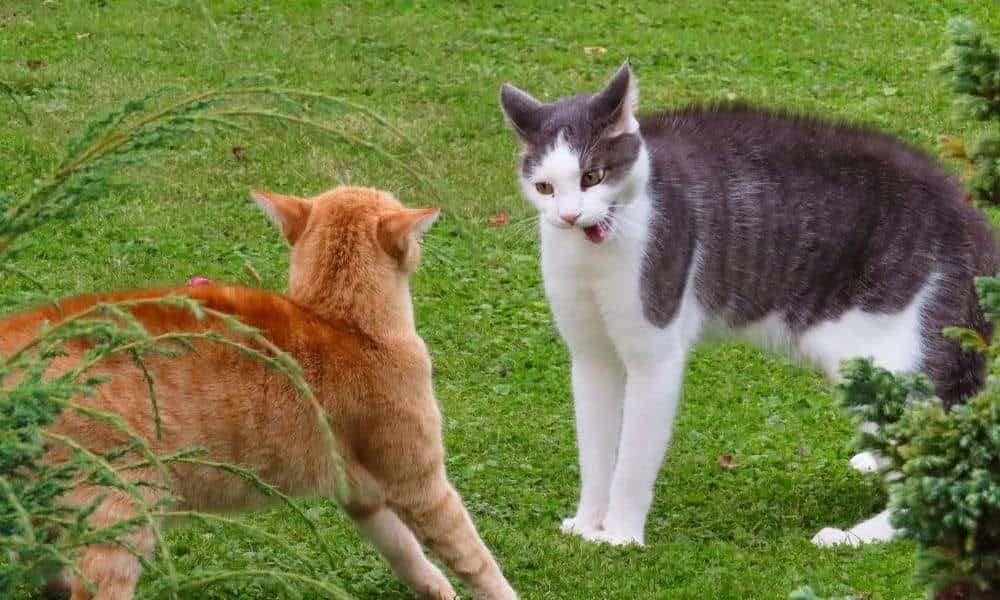
For the resident cat, in addition to the stress associated with the sudden presence of an unfamiliar cat in their home (often referred to as a cat's "primary territory"), there will likely be other general changes associated with the addition of a new cat that could also cause stress to your cat (such as a change in your behavior, changes in routines, changes in access to the house, etc.)
It is therefore important to try to maintain a resident cat's normal routines as much as possible, and if you need to shift some of its resources to cope with the arrival of a new cat, do so gradually and before the arrival of the new cat.
Competition for resources in a multi-cat household

For a cat, sharing important resources (food, litter box, bed, human attention, etc.) with another cat, especially if they did not grow up together, can be very stressful.
Cats may often view other members of their species as "competitors" rather than "allies." Signs of tension between cats can be very subtle and owners can easily miss them.
Owners should provide, and carefully place, all their key resources to help reduce tension and conflict between cats and encourage them to live happily together.
The intrusion of unfamiliar cats into the home

This problem is common for many cats and doesn't always happen when you are around to witness it. For example, many intruder cats may enter the house through the cat flap (or even through an open window) late at night or in the early hours of the morning, when you are likely in bed.
The arrival of unfamiliar cats in the house (whether or not you encourage them to come in) can be very stressful for your cat, as they may feel like they have to be constantly on the lookout, ready to defend their territory at anything. moment. Particularly if intruder cats are not vaccinated, they can also transmit diseases to your cat when they enter your home.
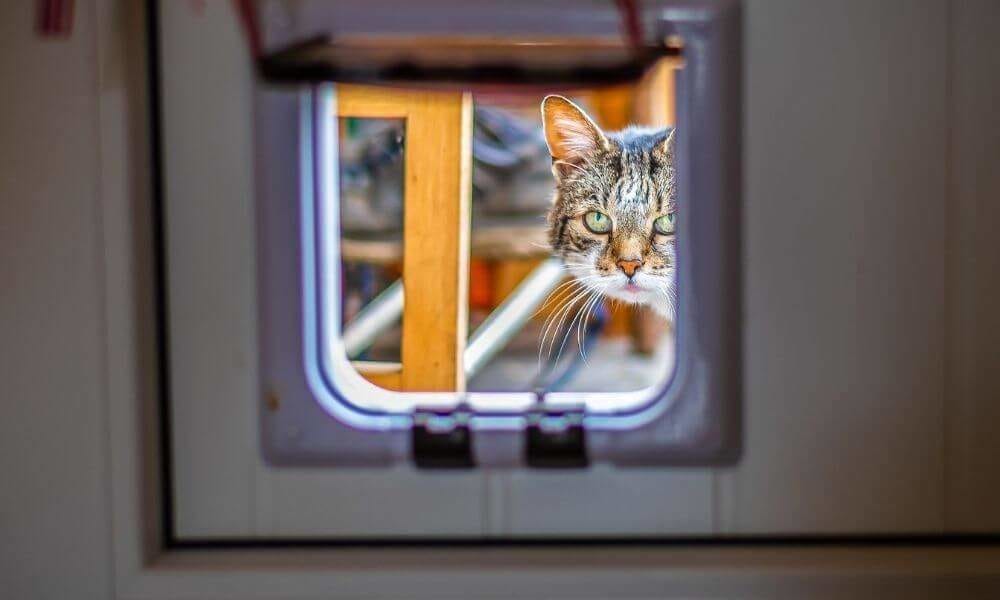
The best way to deal with this problem is to ensure that you feed your cat away from the cat flap (so that intruding cats are not attracted by the smell of nearby food) and to invest in a cat flap equipped with an electronic chip, so that only cats equipped with the corresponding chip (this is the identification chip which is implanted under the skin of your cat's neck) can access the cat flap.

Inappropriate or unsuitable handling
Although many cats enjoy being cuddled and petted for long periods of time, no two cats are the same, and some may find that too much petting, or being petted in certain areas, is uncomfortable and stressful.
Some cats can be very quick to tell you what they like (by meowing for more or pawing at you when you stop petting them) and what they don't like (by giving you pawing or biting you), but others may be much more subtle in communicating their feelings.
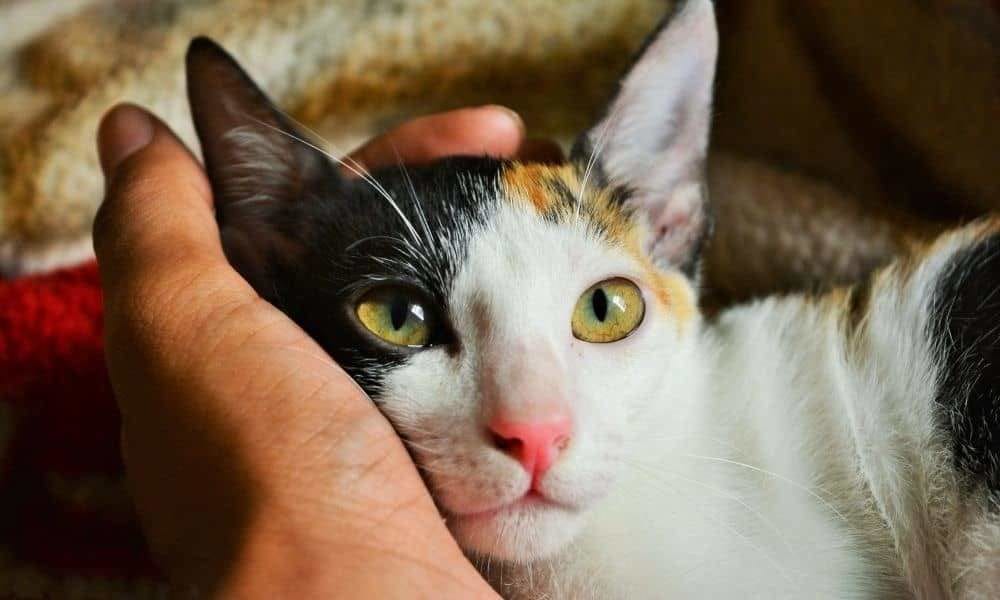
Many cats simply tolerate being petted or handled, even if they don't enjoy it, and it is often these cats who are most stressed by the handling they experience.
Pay attention to your cat's behavior and body language when petting him to better understand where and for how long he likes to be touched.
It is very important that your cat always has the opportunity to withdraw from the interaction if it wishes. This means that you should never physically restrain your cat when petting it , nor pet it when it is stuck in a hiding place. This will help him feel more relaxed and in control when interacting with you.
Home decoration and construction work

Depending on the level of noise and disruption this may bring to the home, and your cat's sensitivity, it may be best for your cat to stay with a friend or in a good cattery during this time.
If the disturbances in the house are likely to be minimal or may be limited to certain rooms, certain parts of the house or certain times of the day, your cat may be able to stay in the house, but it will benefit from the following measures :

If construction work requires you to move your cat's resources (for example, their food and water) from their usual location, make sure they are placed in new, quiet, undisturbed locations and that you move them gradually over a period of time so that your cat has time to get used to these new positions before the sudden noise and disruption that the construction work will bring.
Also and above all, make sure that your cat always has a place to escape or hide, whether it is a quiet room or a garden.
A change in your routine
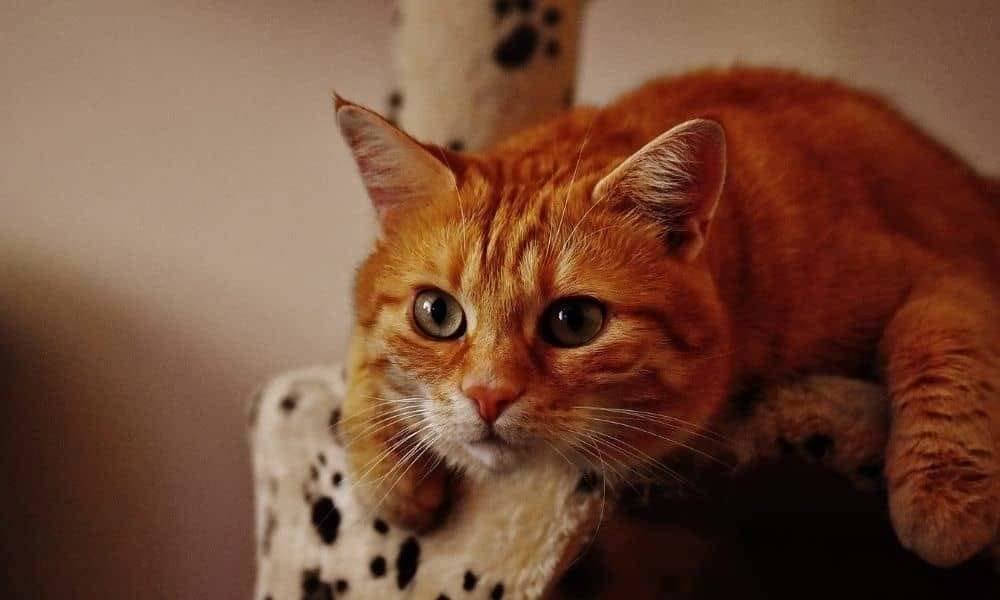
Cats can be very sensitive to any changes in their owners' habits, for example if they start getting up earlier in the morning or spending more time out of the house. Unpredictability can be very stressful for cats.
Therefore, if your habits change, try to keep your interactions with your cat as consistent and predictable as possible, for example by ensuring that you always feed him at the same time and that you play and interact with him in the same way.
If you start going away longer than usual, it's a good idea to make sure you've provided your cat with an enriched and exciting indoor and outdoor environment to help him stay stimulated and avoid boredom and frustration.

On the other hand, if you're home more than usual, it's a good idea to make sure your cat has a quiet, undisturbed room where they can retreat when they need to relax. a little solitude to relax.
Not only do cats feel safe when surrounded by familiar things, but they like their homes and routines to be predictable and consistent, as this helps them feel more in control of their surroundings.
Visiting guests

Very friendly and bold cats may view visitors as something pleasant and exciting, while more nervous or sensitive cats may worry about the presence of unfamiliar people in the house.
Ensuring that your cat always has the opportunity to escape , hide, or seek refuge up high will help him feel safer in these situations. If your cat is sensitive or shy, it may be helpful to follow the following tips.

It's a good idea to let your guests know that your cat is likely to find new people a little intrusive and to suggest that they let the cat choose whether or not to approach them. Your cat may prefer to look first before interacting with them. Sometimes it's best for your guests to ignore them and let the cat make the first move!
If your cat is treat-motivated, ask your guests to gently throw a few of their favorite treats on the ground, a short distance away from them, to encourage your cat to approach.
The presence of a new baby

Bringing a new baby home is a very exciting time but, from your cat's point of view, it can also cause a lot of disruption in the form of new sounds and smells, changes in your routine, moving around of furniture and the arrival of new objects (such as toys, strollers and cribs).
For some confident and curious cats this can be very interesting and intriguing, but for others it can be a source of stress and anxiety because they no longer feel as "in control" of their environment, with so many changes happening at once. .

Your daily routine will probably change quite drastically when the baby arrives. If you can anticipate what is likely to change (for example, for how long, when you play and interact with your cat, who will feed it, when it will be fed, when it will or will not have access to certain parts of the house or outside, etc.) and slowly introducing these changes before the baby arrives, this can greatly help your cat adapt.
A large number of cats in the neighborhood

Not only can intruder cats trying to enter your home be stressful for your cat, but their presence outside, especially in your garden or outdoor space, can also be a source of stress.
The best thing you can do is make your garden as safe and welcoming as possible for your cat, so they feel more confident being outside, and make sure there are plenty of resources ( such as rainwater for drinking, places to sleep , hide, get up high, as well as places to do its business) which are well distributed to reduce potential conflicts between cats.
Unsterilized stray male cats

Particularly when there are unspayed female cats in the neighborhood, stray male cats may be attracted to a particular area and may be very noisy, confrontational and aggressive towards other cats. The mere presence of these cats can be very stressful for your cat.
Unsterilized male cats are also more likely to carry various diseases, such as FIV (feline immunodeficiency virus) , which could be transmitted to your cat during fights.

The best way to resolve this problem is to seek advice from your local animal welfare association, who may be able to help you (or direct you to other organizations that may be able to help) in using a humane trap to capture the cat and either sterilize it and return it to the same area, or relocate it to a more appropriate environment.
What else should I do?

A visit to the vet
While there are many things you can do at home to help manage and reduce your cat's stress, it is also advisable to take your cat to the veterinarian to have it checked out, especially if you have detected a physical health problem in your cat, for example weight loss or signs of cystitis.
Seek professional advice on behavior

In addition to all the advice provided here, it is also recommended that you consult a suitably qualified cat behavior specialist who will be able to provide more detailed, specific advice tailored to your cat and situation.
Professional behavior specialists (also known as animal behavior consultants) can only work with you if you have been referred to them by your veterinarian. Talk to your veterinarian first, who may be able to recommend someone immediately or suggest you contact someone of your choice before arranging the referral.
Behavioral specialists must undergo a rigorous assessment process to obtain formal qualifications or certification, to ensure that the advice and support they provide is of the highest quality.
Some pet insurance companies may also help cover the cost of seeing pet behavior consultants.
